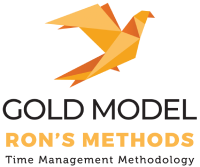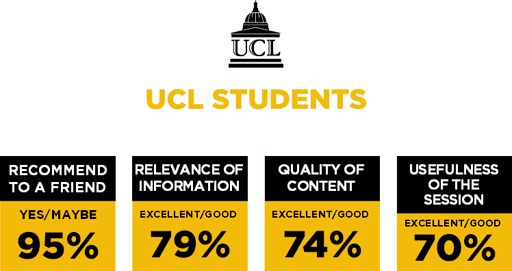Five Innovative Strategies to Help Reduce Employee Procrastination
Here are five innovative strategies to help reduce employee procrastination:
- Use gamification to increase motivation
Gamification is the use of game-like elements in non-game contexts. Employers can use gamification to make work more engaging and increase motivation. For example, employers can create a leaderboard to track employee progress, offer rewards for completing tasks, or use a point system to incentivise productivity. By making work more fun and interactive, employees are more likely to stay focused and avoid procrastination.
- Implement agile methodologies
Agile methodologies are a set of principles used in project management to help teams work more efficiently and collaboratively. Employers can implement agile methodologies to break down tasks into smaller, manageable pieces, set short-term goals, and provide continuous feedback. By using agile methodologies, employees are better able to stay focused, track progress, and avoid procrastination.
- Encourage mindfulness practices
Mindfulness practices, such as meditation or yoga, can help employees stay focused and reduce stress. Employers can encourage employees to take regular breaks and participate in mindfulness activities throughout the workday. By promoting mindfulness practices, employers can help employees avoid procrastination and improve overall well-being.
- Allow for flexible work arrangements
Flexible work arrangements, such as remote work or flexible schedules, can help employees manage their time more effectively and reduce procrastination. By allowing employees to work in a way that suits their individual needs and preferences, employers can create a more productive and engaged workforce.
- Provide opportunities for creativity
Creativity can be a powerful motivator for employees. Employers can provide opportunities for employees to explore their creativity and work on projects that align with their interests and passions. By giving employees the freedom to express themselves and work on meaningful projects, employers can help reduce procrastination and improve overall job satisfaction.
In conclusion, reducing employee procrastination requires creative and innovative approaches. By using gamification, implementing agile methodologies, encouraging mindfulness practices, allowing for flexible work arrangements, and providing opportunities for creativity, employers can create a more engaged, productive, and motivated workforce.
To download the Gold Model Time/Project Management Method Guide click HERE
For further articles click HERE

The Creator Of The Gold Model
meet ron

Ron Lev is the creator of the Gold Model method, which is presented and implemented at universities (which have included, inter alia, Cambridge University and UCL), companies and by individuals.
He has previously developed and implemented other methodologies that have improved the productivity of individuals and organisations on the average of 55%.
The Gold Model is the first method to align our daily tasks and to prioritize our short and long term goals in all areas on which we would like to focus.
6 months plan for your main area of focus
Download Your
Guide Book Now
Understand how the model works
services
What I Do
With the help of the Gold Model you will get measurable and sustainable results and experience an immediate sense of achievement.

The Gold Model will help your company and team enhance the productivity. with a few simple, but very robust steps you will start see the results almost immediately.

The Gold Model is all about letting you achive your goals in the most productive way. Set a 1-on-1 meeting and togather we will understand and define the model for your needs.

The Gold Model is presented and implemented at colleges and universities (which have included, inter alia, Cambridge University and UCL) , the model is the time management methodology for your students studies & careers. Get inquire now for our lectures.




